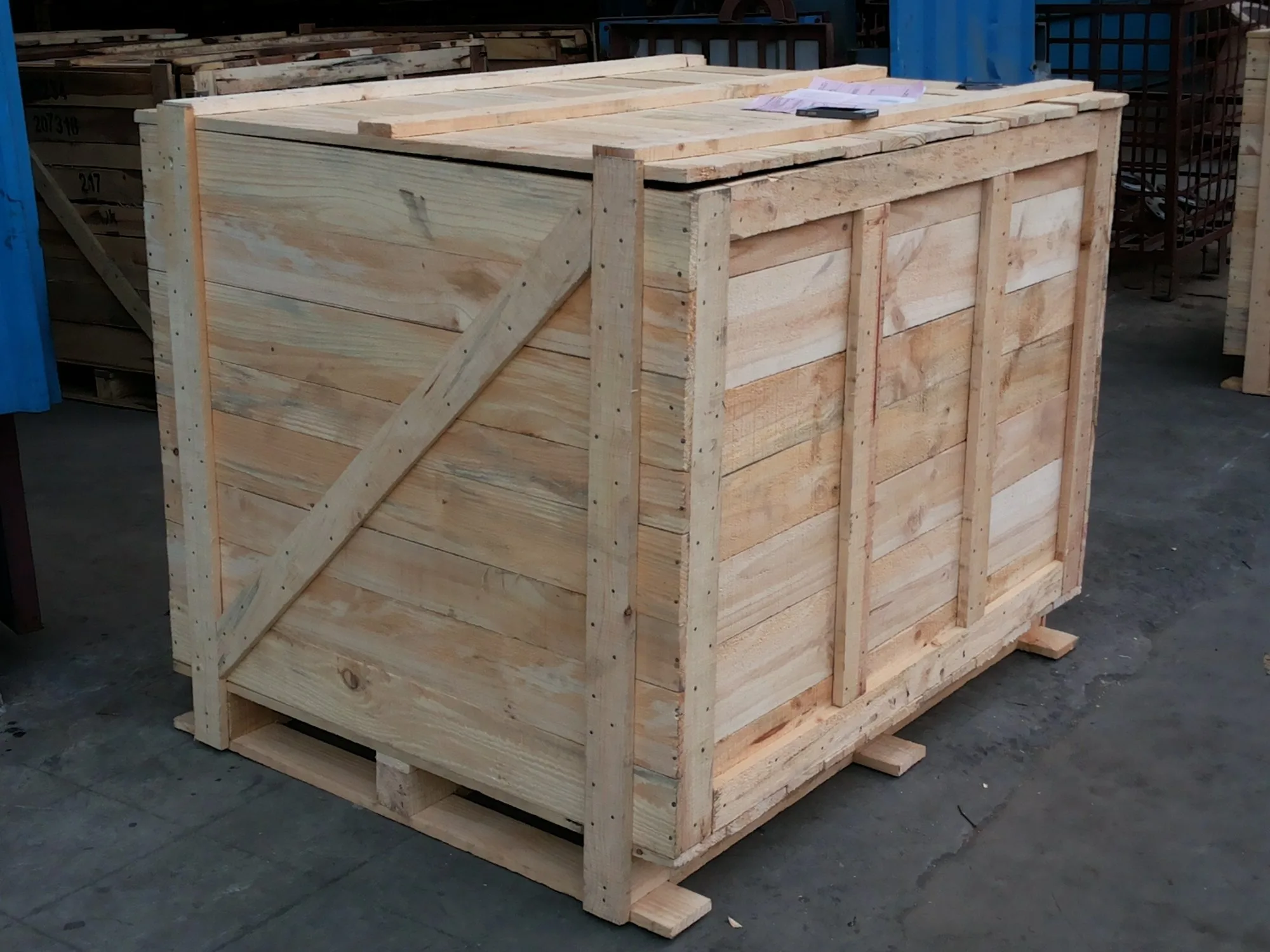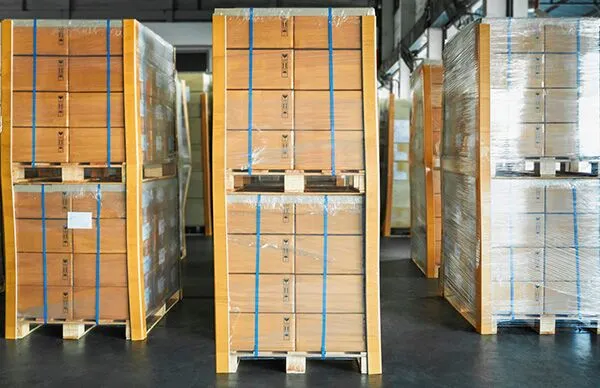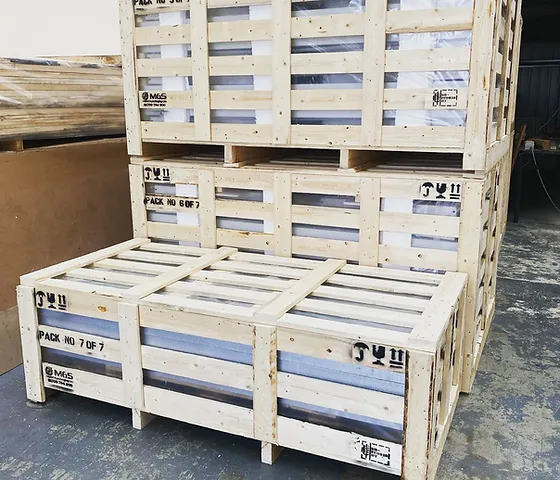Vietnam has emerged as a global leader in furniture manufacturing and exports, thanks to its exceptional craftsmanship, competitive pricing, and diverse product offerings. The industry is projected to generate approximately US$1.4 billion in revenue by 2025, with a compound annual growth rate (CAGR) of 2.64% from 2025 to 2029. As international demand continues to rise, proper packaging and shipping practices are essential to ensure furniture arrives at global destinations safely and in pristine condition.
This expert guide explores how to properly package and ship furniture from Vietnam, covering strategies to protect fragile goods and choosing the best shipping options to meet business needs.
Why Packaging Matters in Vietnam’s Furniture Export Industry
Vietnamese furniture, although beautifully made, often includes fragile materials such as glass, fabric, leather, and intricate woodwork. During long-distance international shipping, items can be exposed to various hazards—impact, vibration, moisture, and temperature fluctuations. Without proper packaging, these factors can cause irreversible damage.
Implementing specialized packing techniques and choosing the right shipping solutions not only protects valuable goods but also enhances customer satisfaction and reduces return rates.
Understanding Furniture Fragility: What Are the Risks?
Furniture can vary widely in fragility depending on its materials:
-
Wooden furniture may be strong but is prone to scratches, dents, and moisture-related warping or cracking.
-
Upholstered items are sensitive to compression, stains, mold, and tears.
-
Glass and inlay components are at high risk of breaking or chipping if not properly cushioned.
Risks include:
-
Impact damage during loading and unloading
-
Vibration loosening joints over time
-
Exposure to temperature and humidity changes
-
Mold or mildew in improperly sealed packaging
Effective risk mitigation starts with recognizing these vulnerabilities and tailoring the packing approach accordingly.

Best Packaging Practices for Exporting Furniture from Vietnam
1. Wooden Furniture
-
Wrap individual parts (legs, drawers, arms) in foam or bubble wrap.
-
Use acid-free paper for the initial layer on delicate surfaces to prevent chemical reactions.
-
Reinforce corners with cardboard or foam protectors.
-
Seal the entire unit with stretch wrap to safeguard against dust and minor abrasions.
-
For premium protection, custom wooden crates are recommended—especially for long-haul shipping.
2. Upholstered Furniture
-
Start with a furniture blanket or heavy-duty padding to prevent fabric damage.
-
Cover with a plastic furniture bag to shield from moisture and dust.
-
Add extra padding to exposed features like armrests.
-
Ensure the item is secured in crates or containers without excessive pressure to prevent upholstery compression.
3. Glass-Topped and Delicate Furniture
-
Remove glass elements when possible and pack separately.
-
Wrap glass in multiple layers of bubble wrap and foam sheets, followed by a sturdy cardboard cover.
-
Clearly mark packages with labels like “FRAGILE” and “GLASS.”
-
Use custom foam inserts or wooden crates to prevent movement and collision.
-
For items with delicate inlays, apply additional foam padding over decorative areas.
Choosing the Right Shipping Method for Furniture Exports
Air Freight (Express Shipping)
International express couriers like DHL Express provide fast and secure shipping options ideal for high-value or time-sensitive orders.
Benefits:
-
Fastest delivery times to global markets
-
Minimal handling, reducing the risk of damage
-
Real-time tracking for full shipment visibility
-
More predictable schedules and fewer delays
Sea Freight
A cost-effective option for large or heavy furniture shipments, though it involves longer transit times and potentially more handling.
Key Factors to Consider When Exporting Furniture
When selecting a shipping method for your Vietnamese furniture exports, weigh the following:
-
Transit Time – Is speed or cost more important?
-
Budget – Factor in shipping rates based on size, weight, and urgency.
-
Handling Needs – Choose providers experienced with fragile or bulky items.
-
Destination – Consider the delivery location’s logistics infrastructure.
-
Volume of Goods – Larger shipments may benefit from container consolidation.
Why Partnering with an Expert Logistics Provider Matters
A reliable shipping partner is critical for successful furniture exports. Look for logistics companies that:
-
Specialize in fragile and oversized items
-
Offer custom packaging solutions
-
Navigate international customs and regulations
-
Provide door-to-door shipping with tracking
Professional partners ensure your furniture arrives safely, on time, and in excellent condition—boosting brand reputation and customer trust.
As Vietnam continues to thrive as a global hub for high-quality furniture exports, understanding how to expertly package and ship furniture internationally is more important than ever. With proper techniques, the right materials, and a trusted logistics partner, exporters can ensure their products make the journey overseas safely and efficiently.


